The development of a child’s speech and language skills is a fundamental aspect of their growth and overall communication abilities. One effective strategy to enhance these skills is the use of open-ended questions. This technique encourages children to think critically, express themselves and engage in meaningful open-ended questions conversation. By understanding the benefits and strategies associated with open-ended questioning, parents, educators, and caregivers can significantly contribute to a child’s speech development.
Open-ended questions – Definition
Open-ended questions are inquiries that cannot be answered with a simple “yes” or “no.” Instead, they require the respondent to elaborate, provide details, and engage in thoughtful reflection. These questions often begin with words like “how,” “why,” “what,” “describe,” and “tell me about.” For example, instead of asking a child, “Did you have a good day at school?” a parent might ask, “What was the most interesting thing you did at school today?” This prompts the child to think about their day and articulate their experiences.
Open-Ended Questions Conversation
Engaging children in open-ended questions is a powerful way to stimulate their cognitive and linguistic abilities. These conversations encourage children to:
Think Critically: When children are asked to explain or describe something, they must process information and organise their thoughts logically.
Express Themselves: Open-ended questions provide an opportunity for children to use a wider range of vocabulary and sentence structures that enhance their verbal expression.
Build Confidence: As children become more comfortable articulating their thoughts, they gain confidence in their ability to communicate effectively.
Develop Listening Skills: Responding to open-ended questions requires active listening, as children must comprehend the question fully before formulating a response.
Open-Ended Questions Advantages
The advantages of open-ended questions in boosting children’s speech are numerous. Here are some key benefits:
Enhanced Language Development: By encouraging children to elaborate on their responses, open-ended questioning promotes the use of complex language structures and a richer vocabulary.
Improved Critical Thinking: Open-ended questions require children to analyse situations, make connections, and think independently.
Increased Engagement: Children are more likely to participate in conversations when they feel their thoughts and opinions are valued. Open-ended questions create a sense of involvement and interest.
Better Emotional Expression: These questions allow children to express their feelings and experiences more fully, contributing to emotional intelligence and self-awareness.
Stronger Parent-Child Bond: Engaging in meaningful conversations helps build a deeper connection between parents and children, fostering a supportive and nurturing environment.
Strategies for Using Open-Ended Questions
To effectively utilise open-ended questions, consider the following strategies:
Be Patient: Give children time to think and formulate their responses. Avoid interrupting or finishing their sentences.
Create a Safe Space: Ensure that children feel comfortable expressing themselves without fear of judgment or criticism. Positive reinforcement and active listening are key.
Follow Their Interests: Ask questions related to topics that interest the child. This increases their motivation to engage in conversation.
Expand on Their Responses: Encourage children to elaborate by asking follow-up questions. For example, if a child says, “I played with my friend today,” you might ask, “What games did you play?”
Model Open-Ended Responses: Demonstrate how to answer open-ended questions by providing detailed responses yourself. This helps children understand the level of detail and thought expected.
Examples of Open-Ended Questions
Here are some examples of open-ended questions that can be used to stimulate conversation and enhance speech development in children:
“What did you enjoy most about your day today?”
“Can you tell me about the project you worked on in class?”
“If you could be any character from a book, who would you choose and why?”
“What kind of adventure would you like to go on?”
“What would you do if you were in that situation?”
“How do you think we can solve this problem together?”
While open-ended questions have many benefits, some challenges may arise in their implementation. Here are a few common obstacles and ways to address them:
Reluctance to Speak: Some children may initially be hesitant to engage in open-ended question conversations. Be patient and provide gentle encouragement. Start with simpler questions and gradually progress to more complex ones.
Short Responses: Children may give brief answers even when asked open-ended questions. In such cases, follow up with prompts like, “Can you tell me more about that?” or “Why do you think that happened?”
Lack of Focus: Children may sometimes lose focus or become distracted during conversations. Ensure a quiet environment and limit distractions to help them concentrate.
Using open-ended questions in daily interactions with children is a highly effective way to boost their speech and language development. By fostering critical thinking, enhancing verbal expression, and building confidence, these questions play a crucial role in nurturing well-rounded communicators. The advantages of open-ended questions extend beyond speech development, contributing to emotional growth, stronger relationships, and overall cognitive abilities. As parents, educators, and caregivers, embracing the power of open-ended questioning can pave the way for children to become articulate, confident, and thoughtful individuals.
At Mother’s Pet Kindergarten, we prioritise the use of open-ended questions in our curriculum to stimulate young minds and encourage robust conversations. Our educators are trained to engage children in meaningful dialogues that promote language development and critical thinking. By integrating these techniques into our teaching methods, we create a supportive and enriching environment where children can thrive. Every child has the potential to express themselves brilliantly, and through open-ended questioning, we unlock their ability to communicate with clarity and confidence.
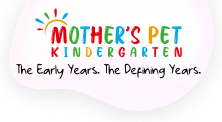




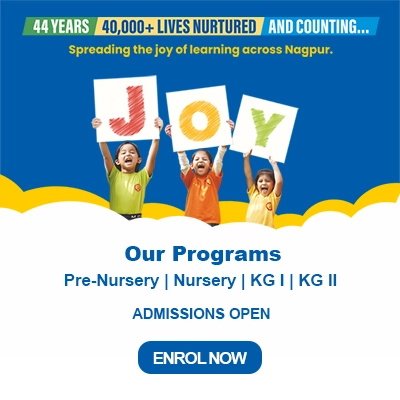
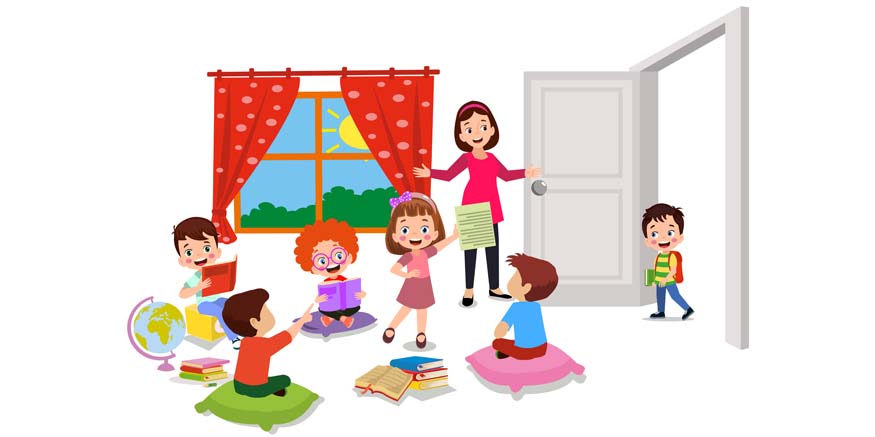



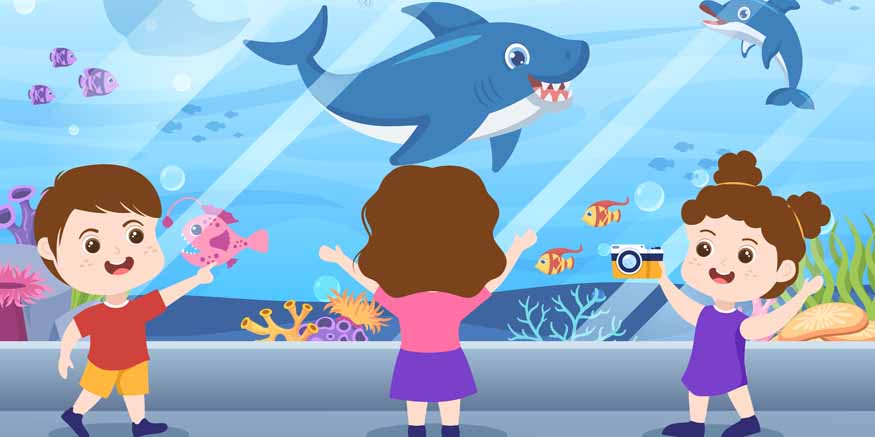
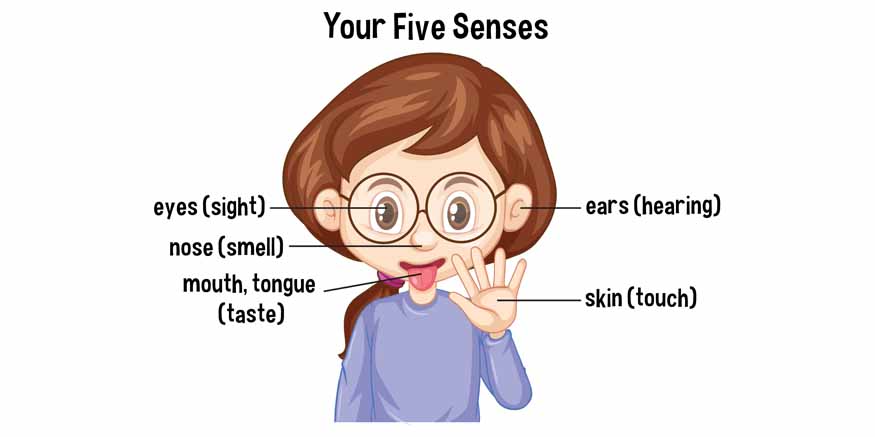

Recent Comments